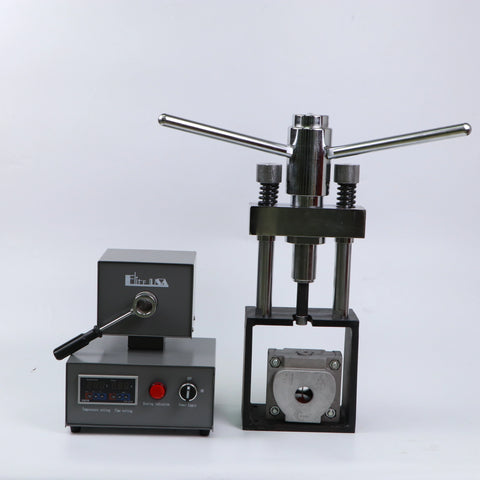SLA, DLP & LCD 3Dresyns for printing durable and sacrificial Injection Molds
Our portfolio of SLA, DLP & LCD 3D resins for making Injection Molds IM includes:
with different heat deflection temperatures and rigidities for injection of a broad range of injection materials*, such as:
- Silicones
- Waxes
- Low, medium, and high injection (processing and/or curing) temperatures up to 200ºC or higher, for injection of traditional materials such as:
- Plastics such as our new casting or Plastic Injection 3Dresyns, which are light and/or heat curable biocompatible resins
- Polyurethanes for making aligners with the benefit of reducing production costs (laser cutting is not required)
- Nylon (polyamide 12) for making partial flexible dentures
- PMMA for making rigid denture bases
- Etc
- Ceramic and metal feedstocks (Ceramic & Metal Injection Molding CIM and MIM) such as our Ceramic and Metal 3Dresyns slurries
- Nano and micron materials
*Note: injection materials can be supplied as solids at room temperature in metal cartridges of 25 mm external diameter for direct injection in low cost manual injection machines such as this type of manual injection equipment:


Options:
- Complex shape entangled or intertwined castings with the mold can be injected in non durable sacrificial molds 3D printed with our 3D resins for printing sacrificial molds
- Simple shape non entangled or intertwined castings with the mold can be injected in 3D printed durable molds with our 3D resins for printing durable molds

Benefits of our durable and sacrificial 3D resins for printing injection molds:
- Broad range of durable and sacrificial SLA, DLP & LCD 3D resins for making injection molds with a broad range of physical properties: from ultra high deflection temperatrure and rigididity to soft, flexible and elastic grades
- Permit the injection and casting of any injected material, including any thermoplastics (epoxies, polyurethanes, etc), thermosets (2 component resins, plastics, etc..), ceramic and metal feedstocks, with faster debinding that directly 3D printed ceramics without any maximum wall thickiness limitation, nor risk of microcracking during debinding and sintering
- More cost effective production of thermoplastic, thermoset, ceramic, and metal parts than tradtional injection molding manufacturing and direct 3D printing of thermoplastics, thermosets, ceramics and metals
- Printable with most commercial and professional SLA, DLP & LCD 3D printers
- More versatile, faster, and more cost effective in short series production than aluminum CNC mold making
- High resolution up to 20 microns
- Allow low cost, easy and fast mold design modifications

Mold selection
The key is how easily will you be able to extract your castings from the 3D printed mold and its expected durability. Depending on the design of the casting, non durable "sacrificial" or durable molds will be needed to do the work!
Mold rigidity, hardness, and/or softness at certain injection (processing and/or curing) temperatures become important variables to take into account when considering which physical properties you should choose for making a 3D printed mold. The mold should be rigid enough, to ensure dimensional stability of the casts, at the chosen injection, and/or curing temperature of the cast material.
Non durable sacrificial molds
Entangled or intertwined complex shape soft and hard castings require the use of non durable sacrificial molds. Discover our sacrificial 3D resins for Injection Molding: 3D resins for printing sacrificial molds
Durable molds
Relatively softer or harder durable molds are recommended for simple shaped 3D printed molds and for not too delicate and intricate or entangled castings with the mold. For example, one would not choose a too hard or rigid durable mold for castings of a delicate simple shaped model because it would not offer enough flexibility to extract the model without breaking it. When injecting soft materials at low injection pressures relatively medium soft durable molds would have enough rigidity to provide dimensional stability and enough flexibility to easily extract the model with simple shaped designs.
The selection of the right rigidity for eack work will depend on the degree of rigidity of the minimum feature size of your molds, both at room and at injection, processing, and curing temperatures of your system. Discover our durable 3D resins for Injection Molding: 3D resins for printing durable molds
